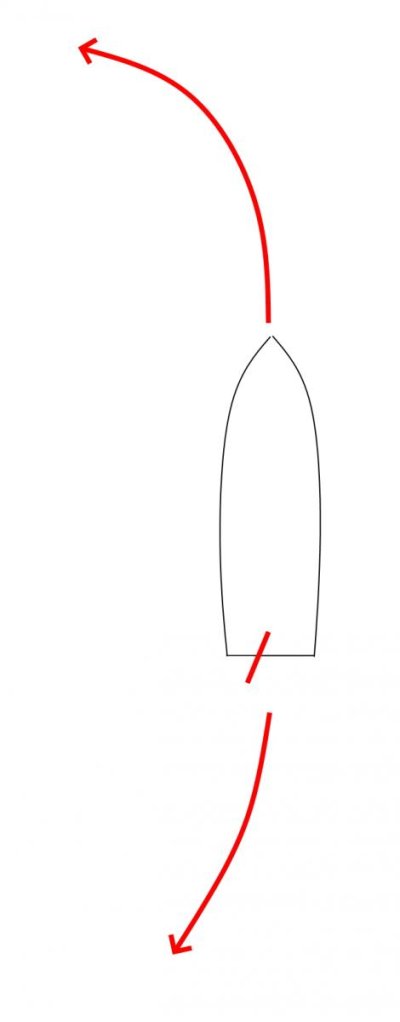Iggy
Guru
Wonder if this is worth doing? I have a 40' trawler with the 21 year old thruster that produces, as the spec's say 147lbs. of thrust. Now the next model up does 161 or 14lbs more. Cost $1,100 just change the motor out. Bolts right in!
The next model does 212lbs of thrust, but everything needs to be replace but the tunnel. Cost around $3500 if I do it myself. But I will need to add one more battery due to the increased amperage. More$$
This being my first boat with a bow thruster I don't have any experience with one. So my questions, is 14lbs more worth the it?? The spinoff to this, the new motor uses 25A less. From 355 down to 325, a very small plus.
Another way to put it! How many lbs to HP with thrusters?
The next model does 212lbs of thrust, but everything needs to be replace but the tunnel. Cost around $3500 if I do it myself. But I will need to add one more battery due to the increased amperage. More$$
This being my first boat with a bow thruster I don't have any experience with one. So my questions, is 14lbs more worth the it?? The spinoff to this, the new motor uses 25A less. From 355 down to 325, a very small plus.
Another way to put it! How many lbs to HP with thrusters?

